Unwritten rules Of The ’70s that wouldn’t fly today
Ah, the 1970s—a decade of change, flair, and freedom. This was a time when life seemed a tad simpler, yet more vibrant. People lived by unspoken rules that defined the culture, from fashion to social norms.
The ’70s were marked by a spirit of experimentation and a rebellious attitude that permeated every aspect of life. So, let’s take a groovy trip down memory lane and explore these unwritten rules.
Embracing the Groove: The Unspoken Dress Code
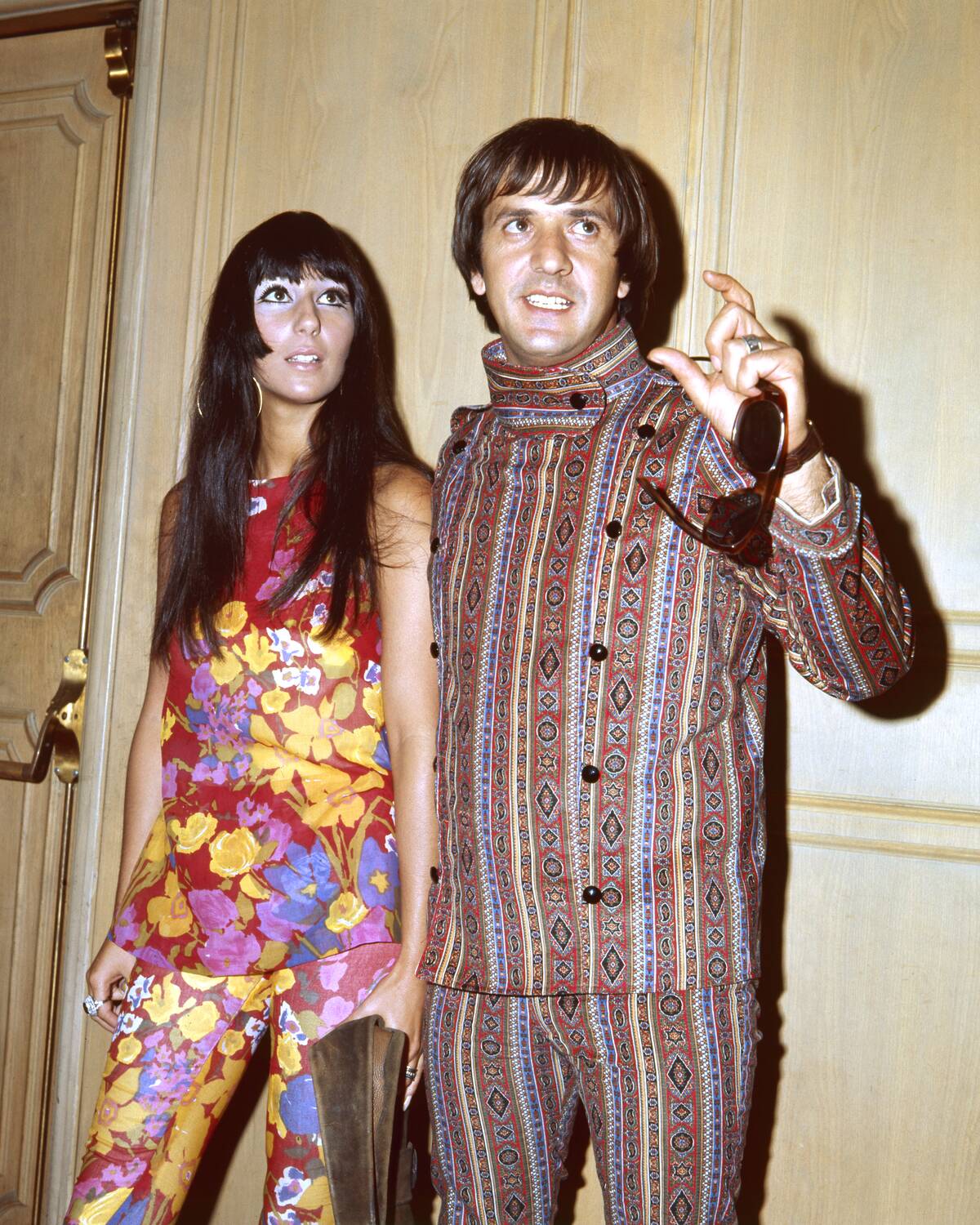
Fashion in the ’70s was all about self-expression. Bell-bottoms, tie-dye shirts, and platform shoes were not just clothing items—they were statements. Men and women alike embraced bold patterns and bright colors, often accessorizing with peace signs and headbands.
It was a time when looking unique was the norm, and people took pride in their eclectic style, making the streets a runway of individuality.
Disco Fever: Shaking It on the Dance Floor
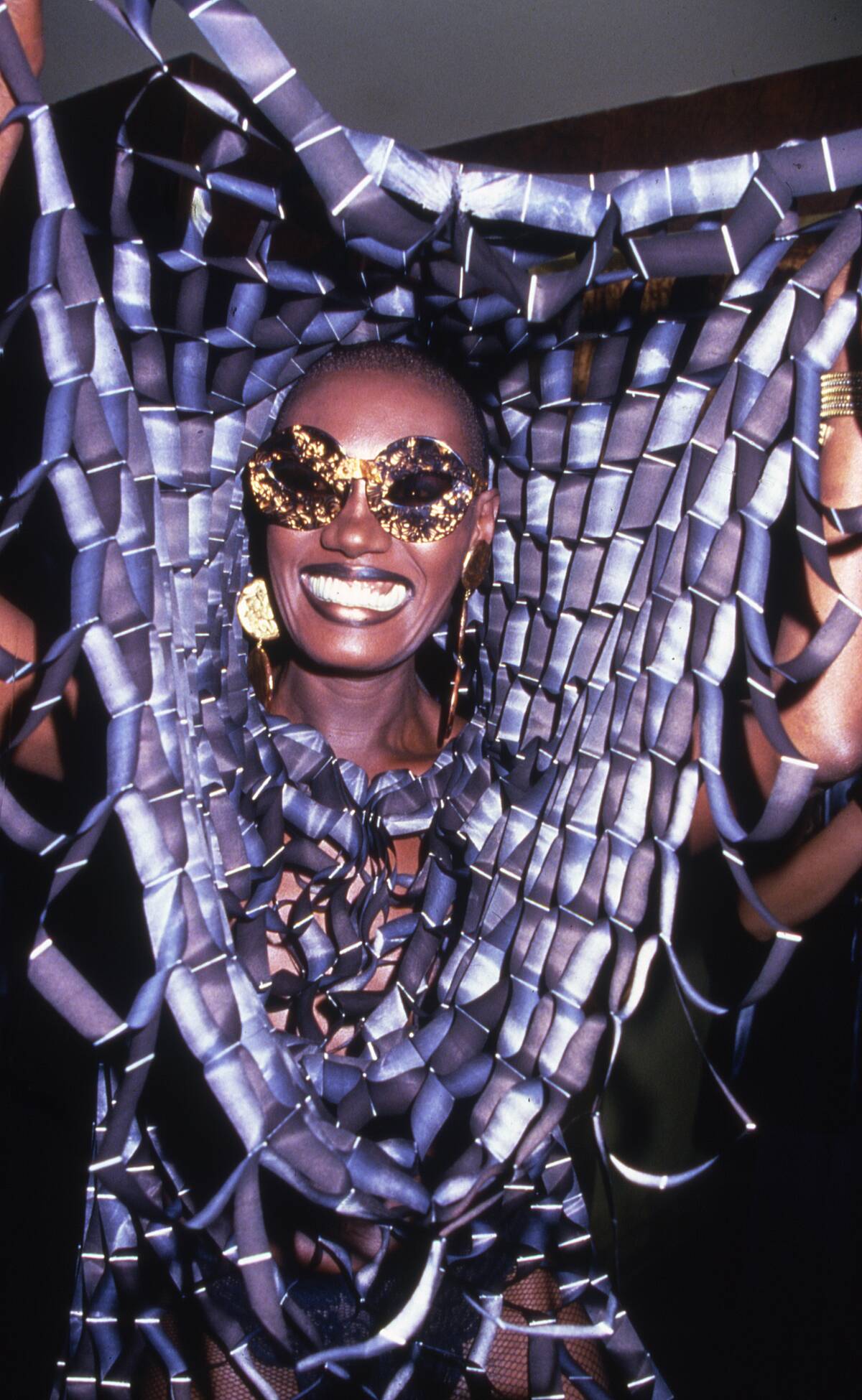
The disco craze of the ’70s brought people to the dance floor like never before. Clubs like Studio 54 became the epicenter of this cultural phenomenon, where flashy outfits and dazzling lights set the scene.
Dancing wasn’t just about moving to the beat; it was about showing off your best moves and connecting with others in a shared experience of rhythm. Disco music, with its infectious beats, made everyone want to get up and boogie the night away.
Hitchhiking Adventures: Thumbs Up for a Ride
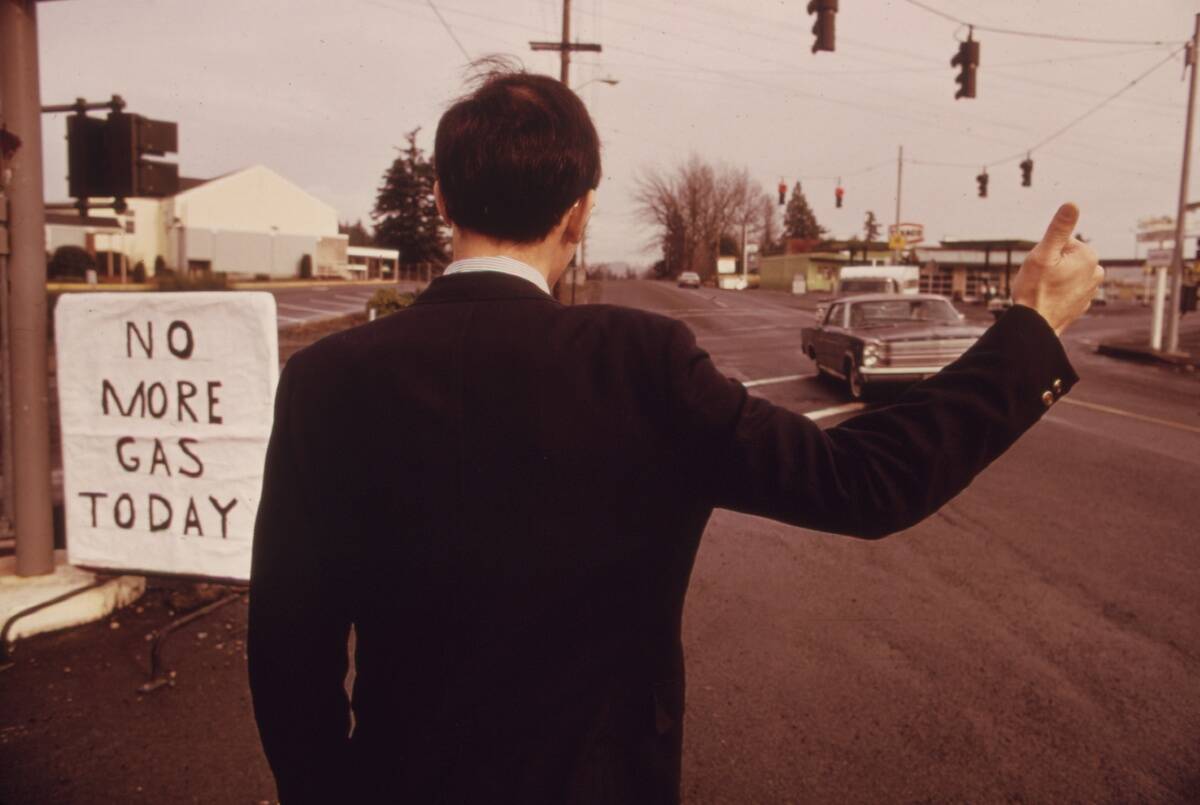
In the ’70s, hitchhiking was a common and adventurous way to travel. With a simple thumbs up, travelers could catch a ride and meet new people.
This informal mode of transportation was seen as a symbol of trust and freedom, allowing young wanderers to explore the open road. While it had its risks, the thrill of the unknown and the stories shared with strangers made it a memorable experience for many.
Smoking Indoors: Light It Up Everywhere
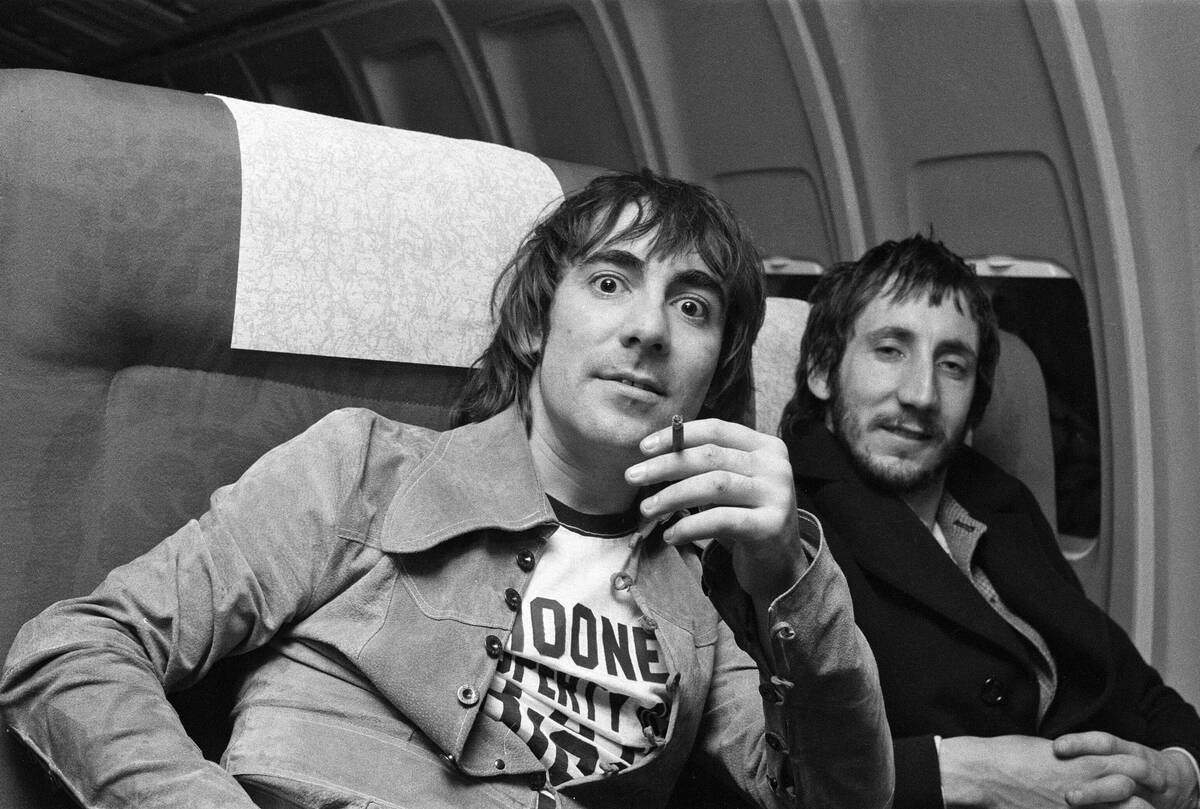
Smoking was a ubiquitous habit in the ’70s, with cigarettes being lit up in restaurants, offices, and even on airplanes. This was long before indoor smoking bans and public health campaigns had taken hold.
The act of smoking was often associated with sophistication or rebellion, depending on the context. Despite the haze of smoke, it was a social activity that brought people together in public and private spaces alike.
The Art of the Vinyl Collection
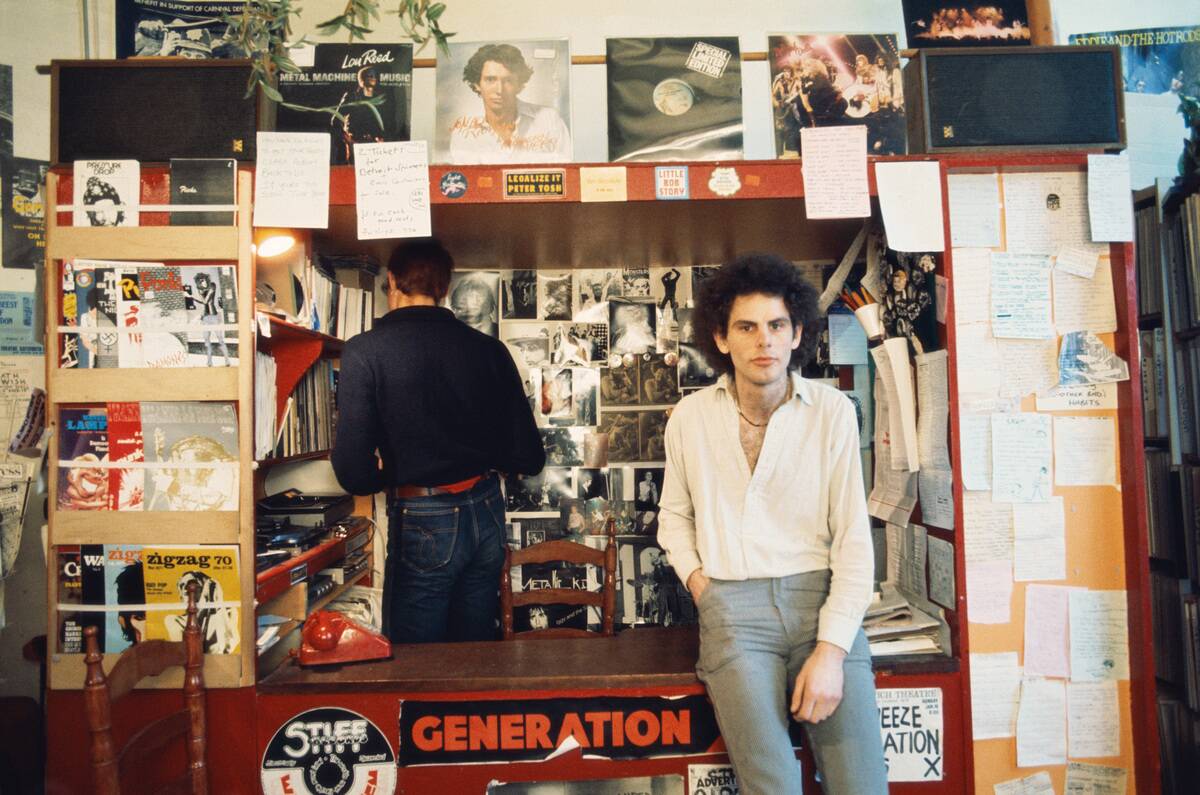
Vinyl records were the heart and soul of music lovers in the ’70s. Collecting albums was an art form, with enthusiasts spending hours flipping through bins at record stores.
The tactile experience of handling a vinyl, from the elaborate cover art to the crackle of the needle, made listening to music an event. Fans cherished their collections, often showcasing them as prized possessions and swapping records with friends to discover new sounds.
Free Love and Open Relationships
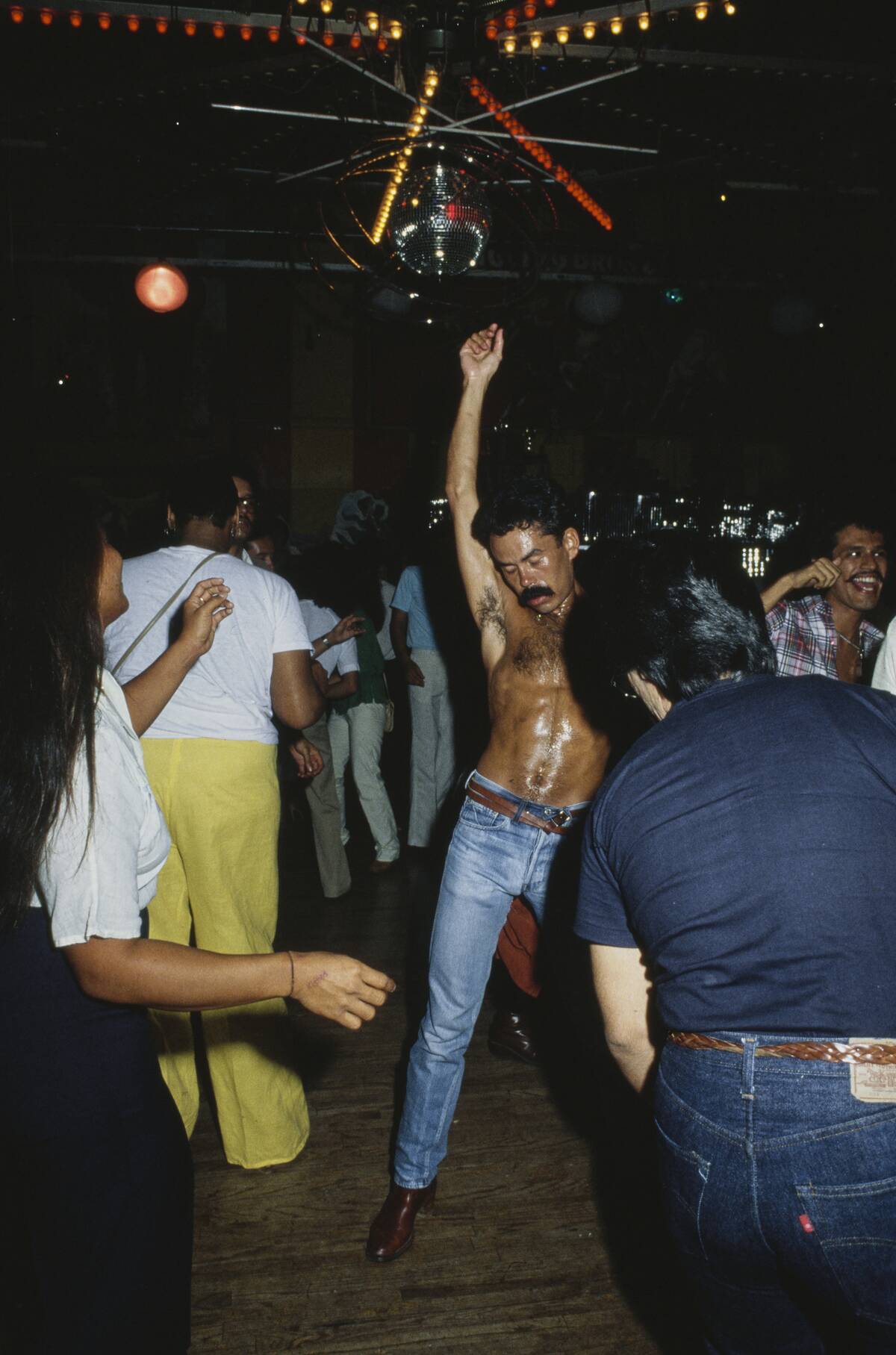
The ’70s were known for the free love movement, which challenged traditional views on relationships and was a hold-over from the hippie movement of the ’60s. With an emphasis on open communication and personal freedom, many people explored non-traditional arrangements.
This era saw a shift towards more liberal attitudes about love and intimacy, with the idea that love could be shared with multiple partners without the constraints of jealousy. It was a time of experimentation and redefinition of personal boundaries.
No Seatbelts Required: A Wild Ride
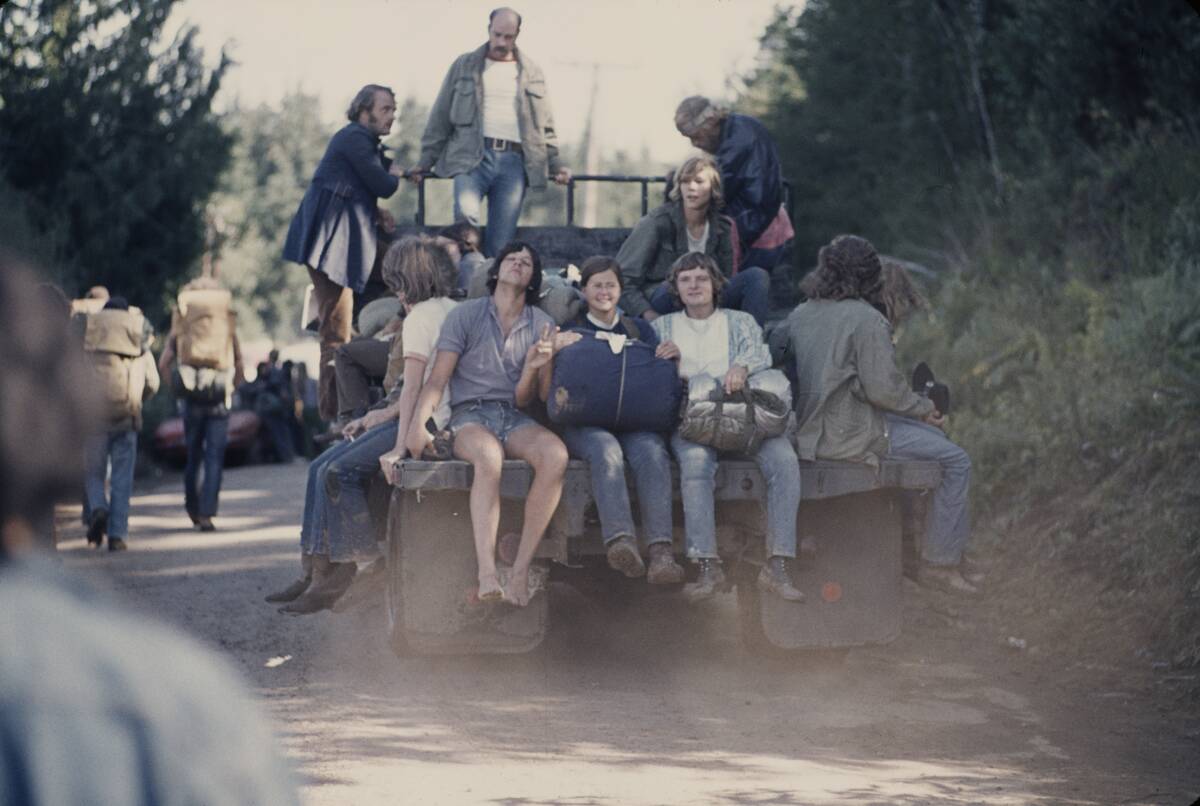
Before seatbelt laws became the norm, car rides in the ’70s were a different experience. Children often rode in the back without restraints, and family trips were spent bouncing around the station wagon.
Safety standards were more relaxed, and the focus was more on the journey and less on the regulations. While it might seem reckless by today’s standards, it was simply how things were done, adding a sense of freedom to every road trip.
Gender Roles: Men, Women, and the ’70s Dynamic
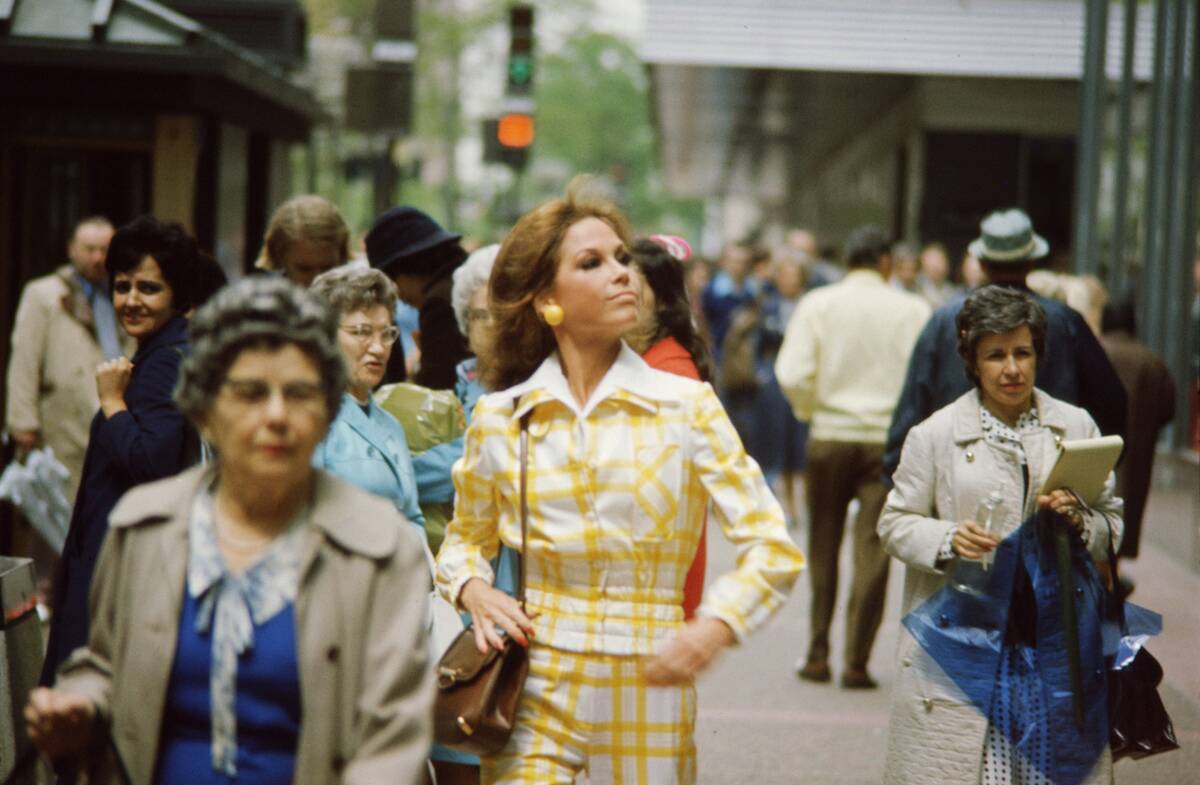
The ’70s were a decade of shifting gender roles, with the feminist movement gaining momentum. Women began to challenge traditional expectations, seeking careers and independence. Men, too, were encouraged to embrace sensitivity and shared responsibilities at home.
This period marked a significant change in how society viewed gender, paving the way for more equality and diverse expressions of identity. It was a time of redefining what it meant to be male or female.
Parenting: Kids Run Free
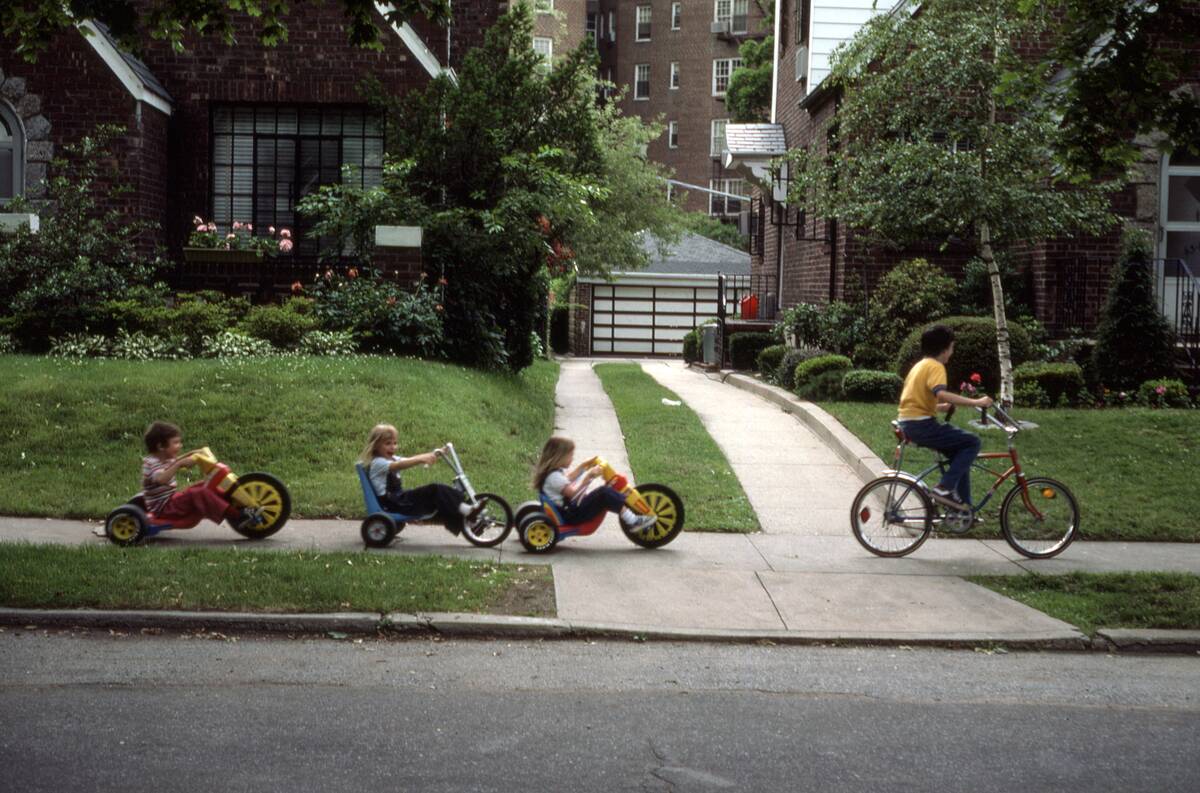
Parenting in the ’70s was characterized by a laid-back approach, with children enjoying more freedom than today’s helicopter-parented youth. Kids roamed the neighborhood, playing outside until the streetlights came on.
This autonomy allowed for creativity and adventure, fostering independence from a young age. Parents were less concerned with constant supervision, trusting their children to navigate the world around them with minimal intervention.
The Office Space: Typewriters and Workplace Etiquette
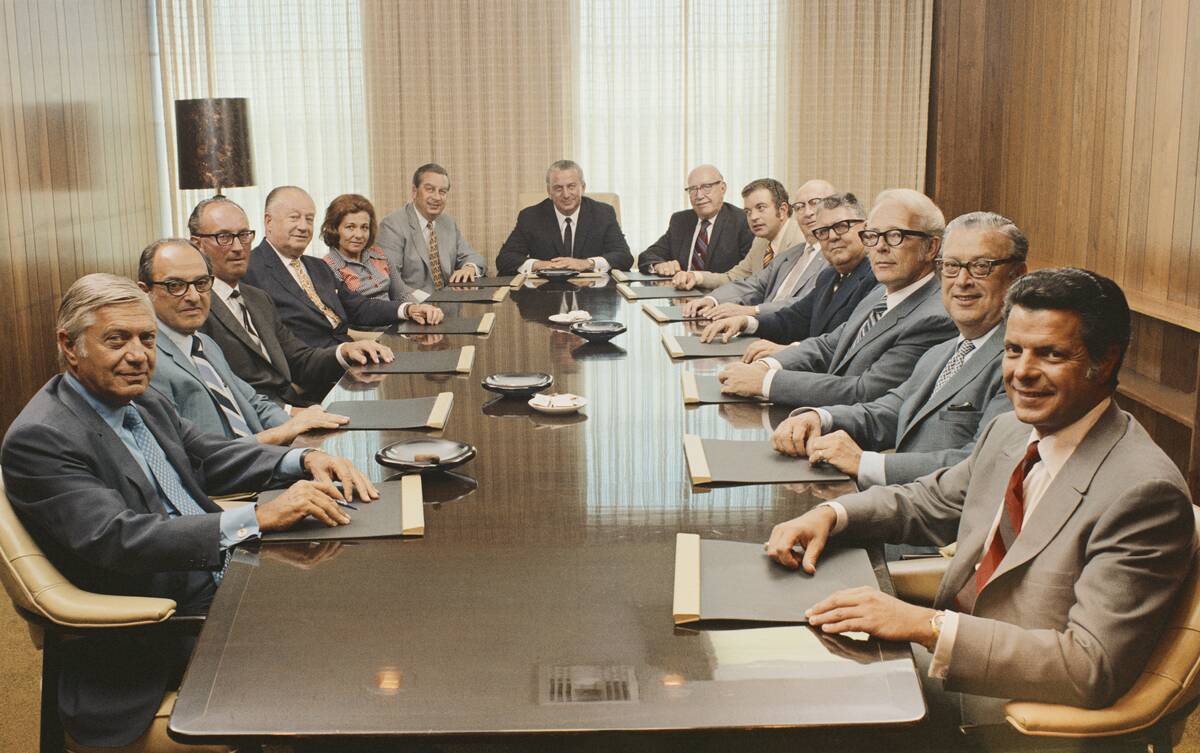
Workplaces in the ’70s were a far cry from today’s digital environments. Typewriters clacked away as the primary tool for communication, and office etiquette was a blend of formality and camaraderie.
Dress codes were often strict, with suits and ties being the norm for men and dresses for women. Despite the lack of modern conveniences, there was a sense of community in the workplace, with employees often gathering for coffee breaks and social events.
Tech-Free Life: Living Without the Internet
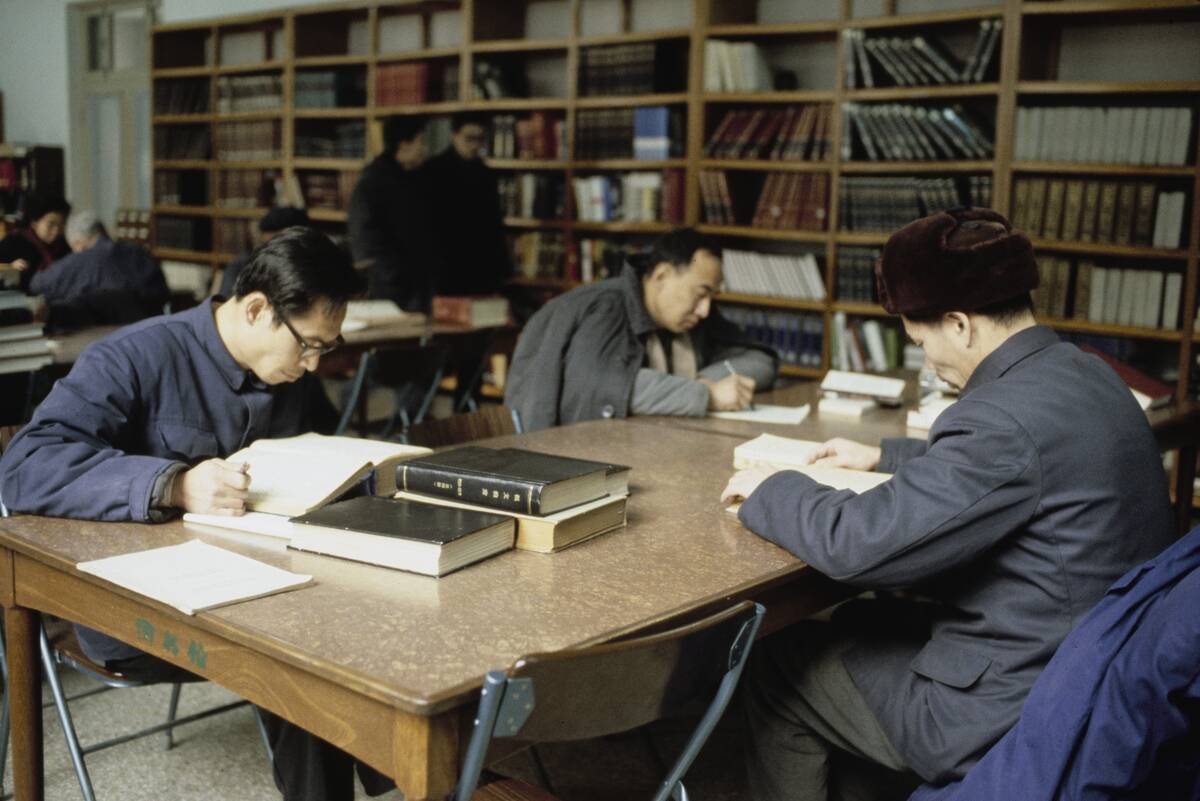
Life in the ’70s was blissfully tech-free, as the internet was still a distant dream. Communication happened through landlines and letters, and people relied on libraries and encyclopedias for information.
Social interactions were more personal, with face-to-face conversations being the norm. While it might seem inconvenient now, this slower pace allowed for deeper connections and a tangible sense of privacy that the digital age has since transformed.
The TV Guide: Limited Channels, Unlimited Entertainment
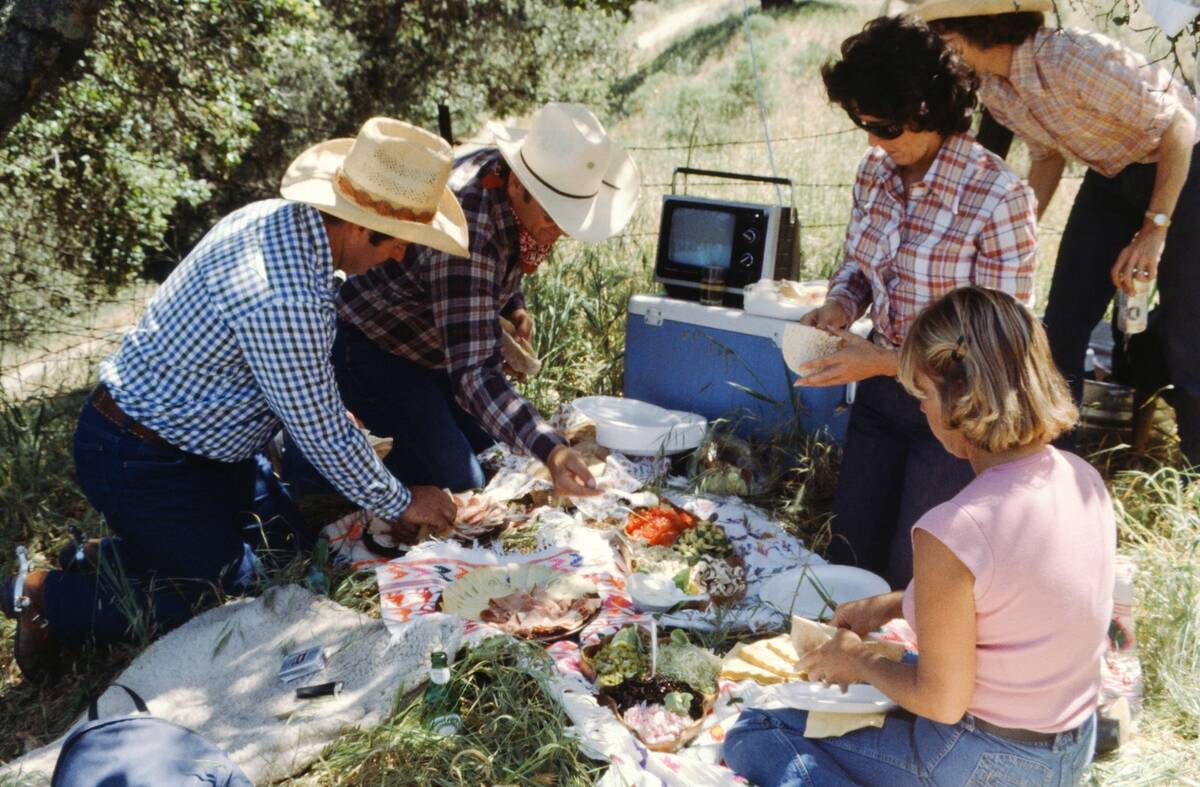
Television in the ’70s was a simpler affair, with a limited number of channels offering a curated selection of programs. Families gathered around the TV for primetime shows, creating a shared viewing experience.
Despite the scarcity of options compared to today’s streaming services, shows like M*A*S*H and The Mary Tyler Moore Show captivated audiences. The anticipation of weekly episodes and the communal aspect of watching together made TV a central part of family life.
The Hair Affair: Big, Bold, and Natural
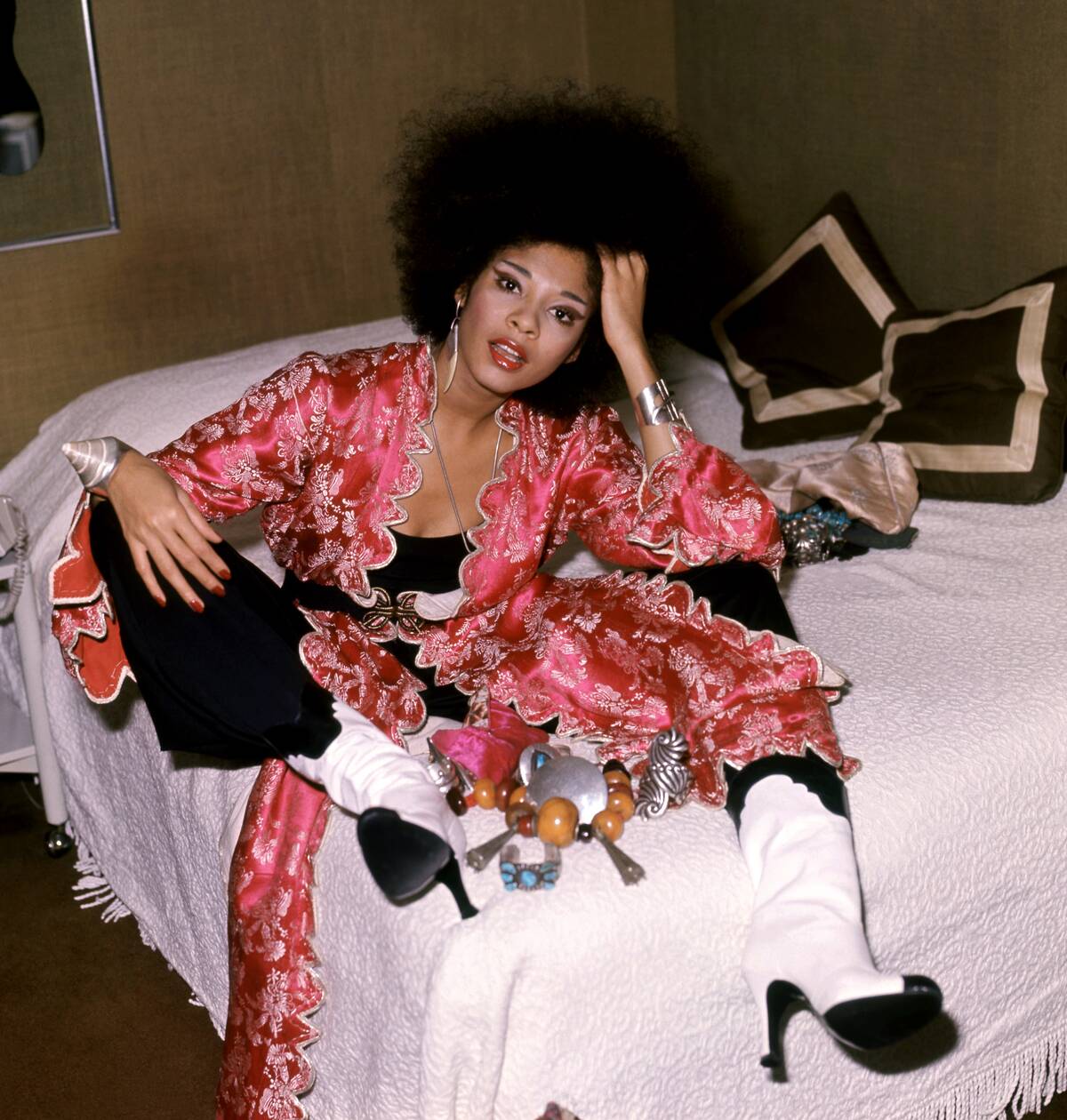
The ’70s were all about bold hairstyles, with afros, feathered cuts, and long, flowing locks taking center stage. Hair was a form of self-expression, and people embraced natural textures and volume.
The era celebrated individuality, with both men and women experimenting with styles that reflected their unique personalities. From Farrah Fawcett’s iconic waves to the disco-inspired afro, hair was an essential part of the ’70s identity.
DIY Culture: From Crafting to Home Repairs
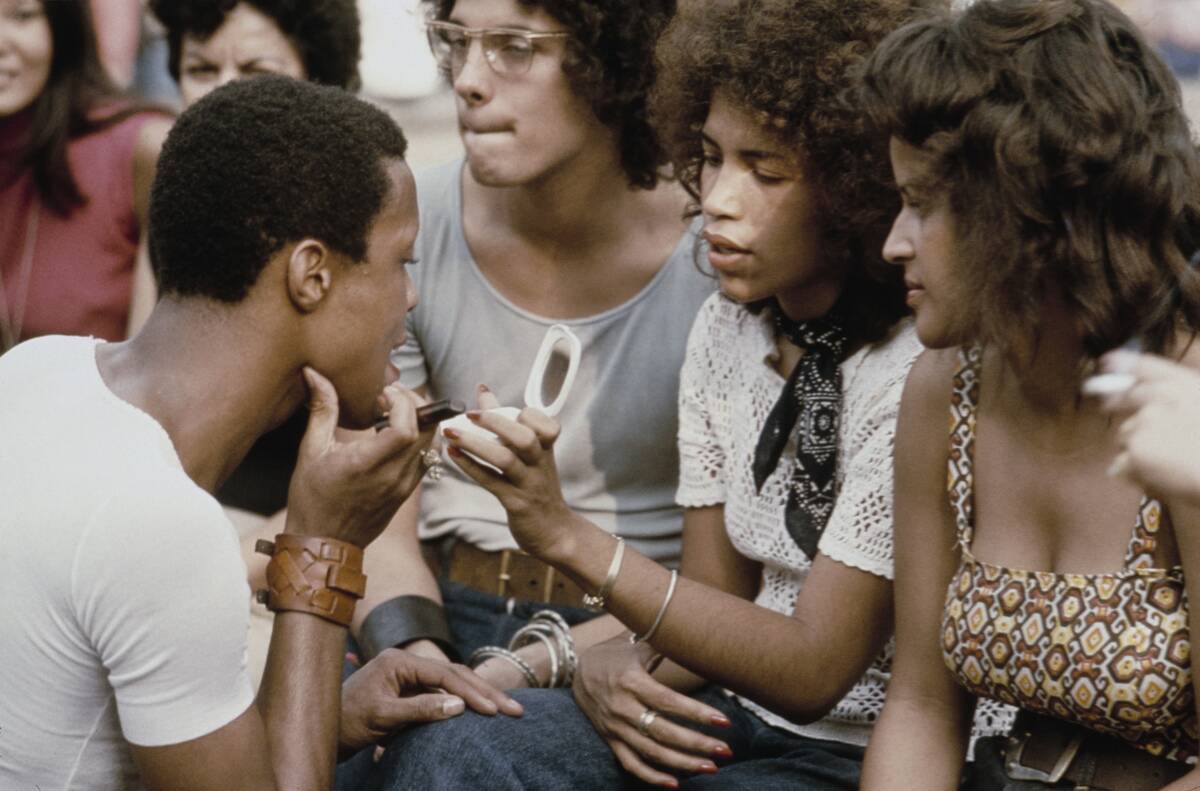
The DIY movement thrived in the ’70s, with people embracing creativity and self-sufficiency. From macramé plant hangers to handmade quilts, crafting was a popular pastime.
Home repairs and improvements were often tackled without professional help, as people took pride in their handiwork. This do-it-yourself attitude extended to various aspects of life, fostering a sense of accomplishment and resourcefulness that defined the decade’s spirit.
Fast Food Revolution: The Birth of the Drive-Thru
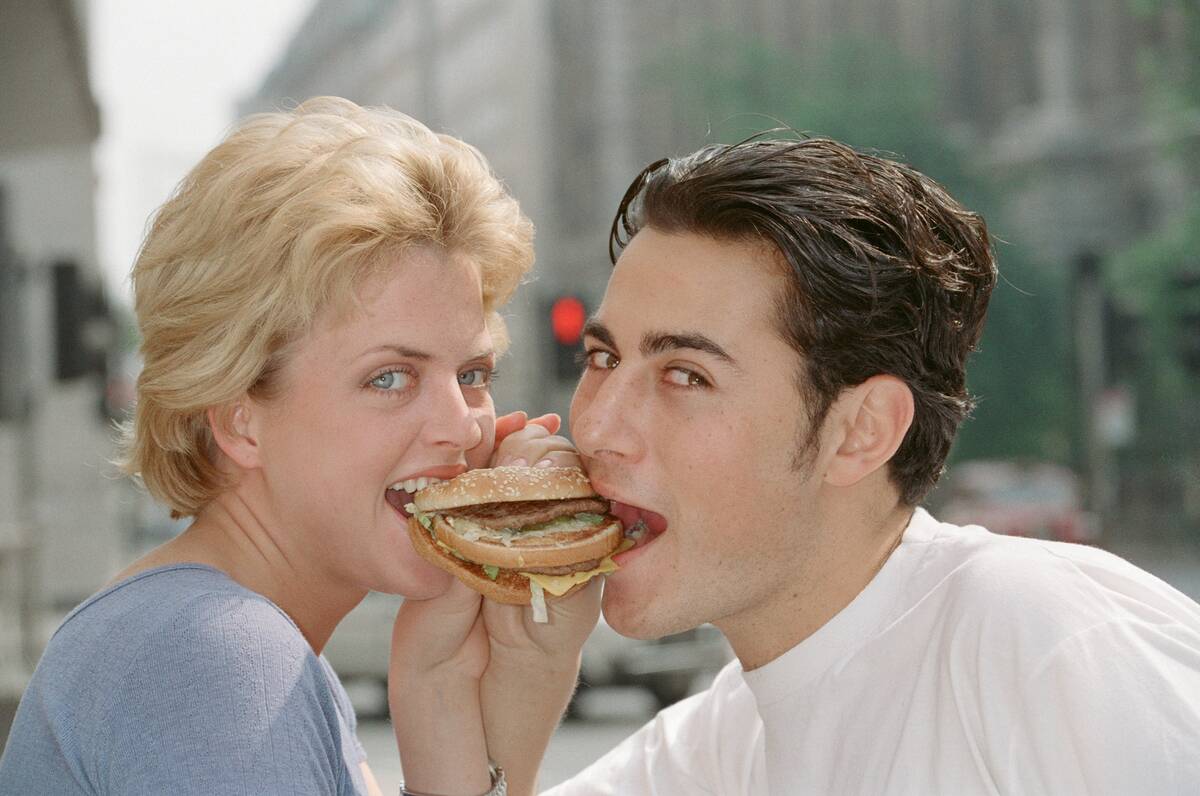
The ’70s saw the rise of the fast-food industry, with drive-thrus becoming a staple of American life. Chains like McDonald’s and Burger King expanded rapidly, offering quick meals for the on-the-go lifestyle.
The convenience of drive-thrus changed the way people dined, catering to the growing demand for speed and efficiency. This revolutionized eating habits, making fast food an integral part of the cultural landscape and paving the way for future culinary trends.
The Rise of the Mall: Shopping and Socializing
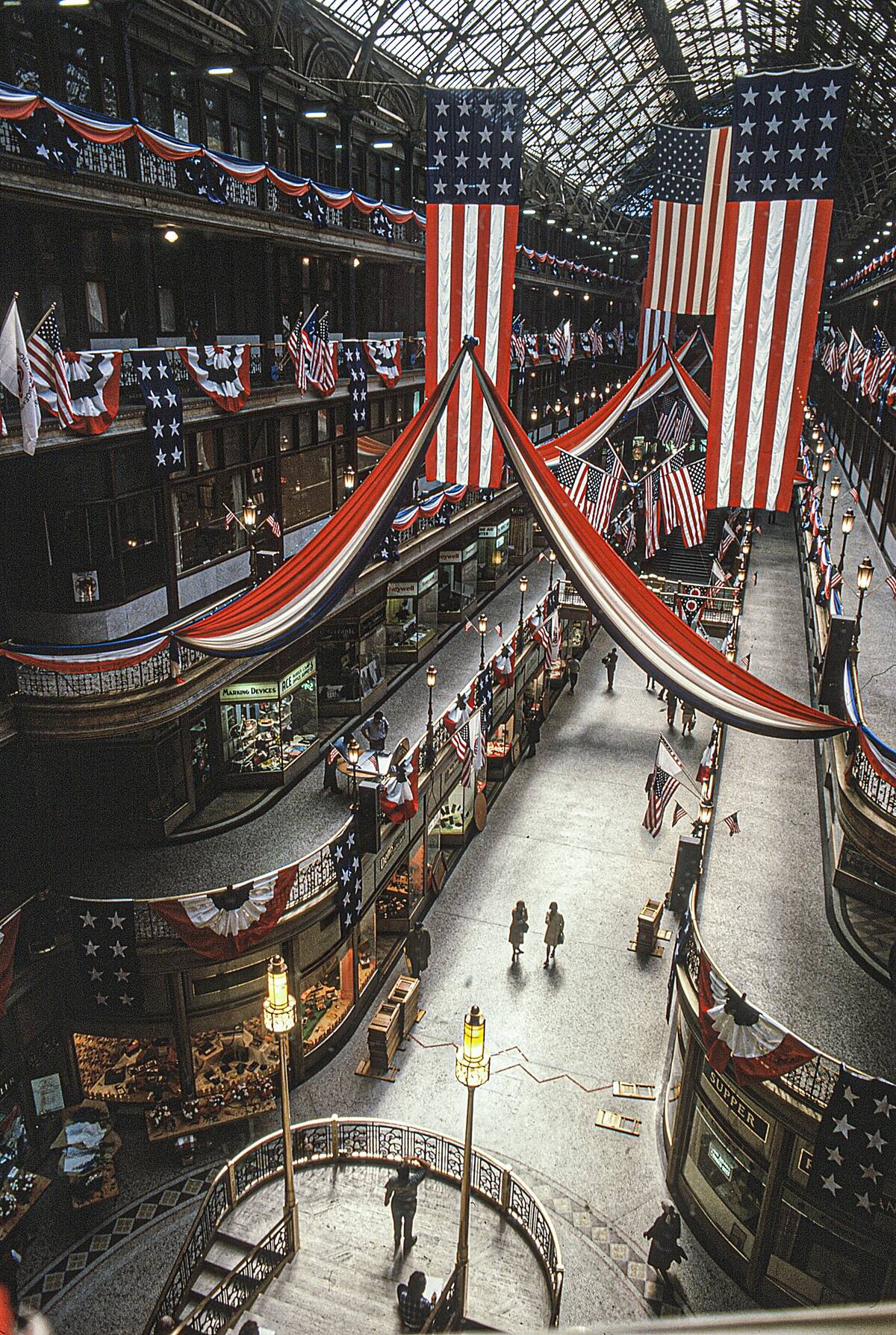
Shopping malls emerged as social hubs in the ’70s, offering a one-stop destination for shopping, dining, and entertainment. With their climate-controlled environments and diverse array of stores, malls became a popular hangout spot for teenagers and families alike.
They provided a space for people to gather, explore new trends, and enjoy leisure time. This shift in shopping culture marked the beginning of a new era in consumerism and social interaction.
Couch Surfing Before It Was Cool
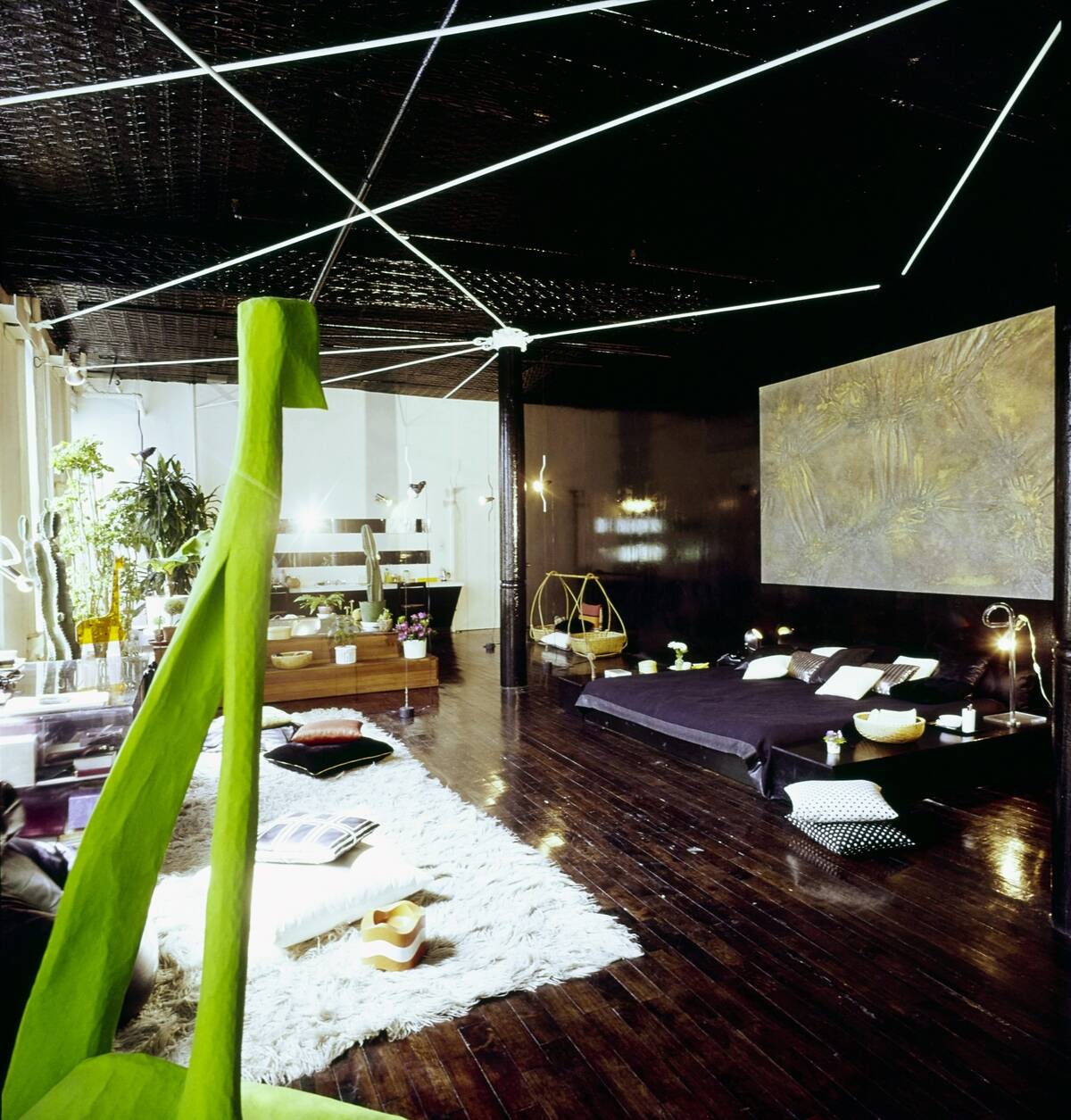
Long before apps made couch surfing a trend, the ’70s embraced this concept in a more informal manner. Friends and acquaintances often crashed on each other’s couches, offering a sense of community and hospitality.
It was a time when doors were open, and sharing living spaces was a norm among young people traveling or looking for new experiences. This cultural practice highlighted the decade’s emphasis on trust and human connection.
Music Festivals: Peace, Love, and Mud
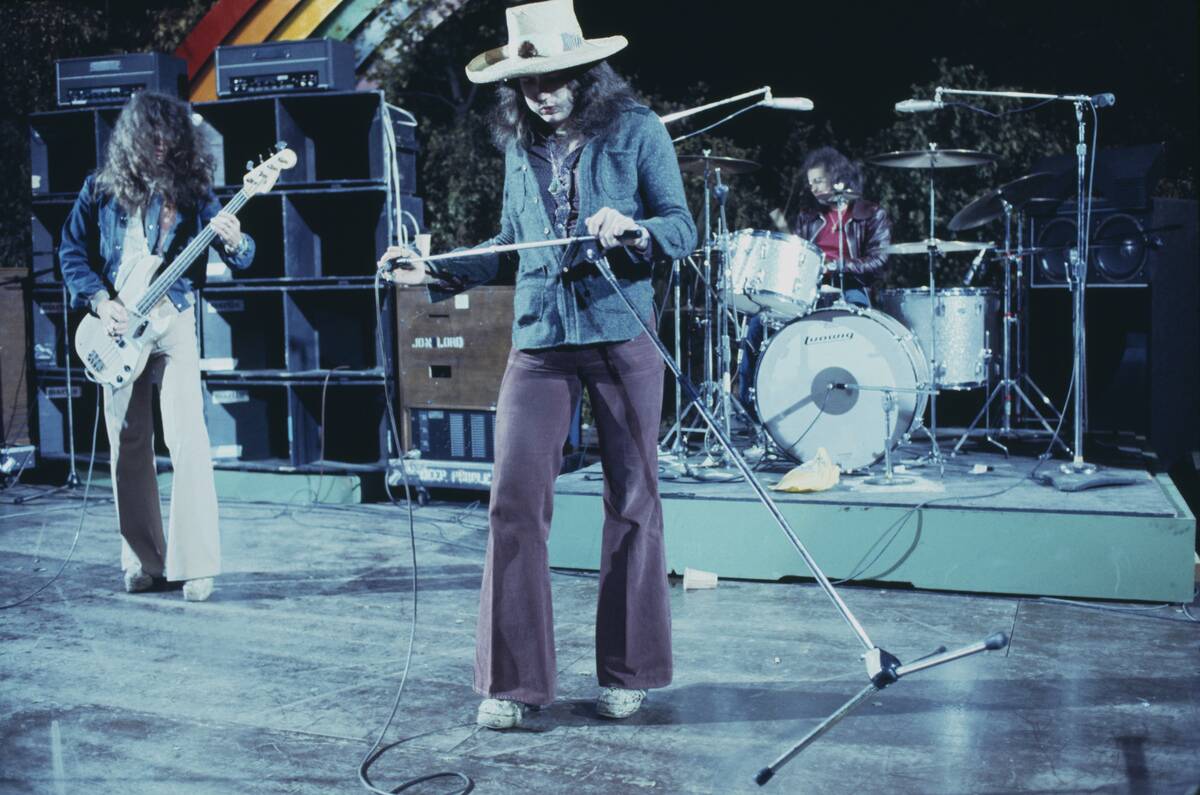
Music festivals in the ’70s were iconic events, epitomizing the spirit of peace and love. Gatherings like the Isle of Wight Festival and the California Jam drew massive crowds, offering a space for people to celebrate music and unity.
These festivals were known for their sense of community, as attendees camped out and shared experiences in sometimes muddy fields. The blend of music, freedom, and collective joy made these events unforgettable highlights of the decade.
Fashion Statements: From Bell-Bottoms to Tie-Dye
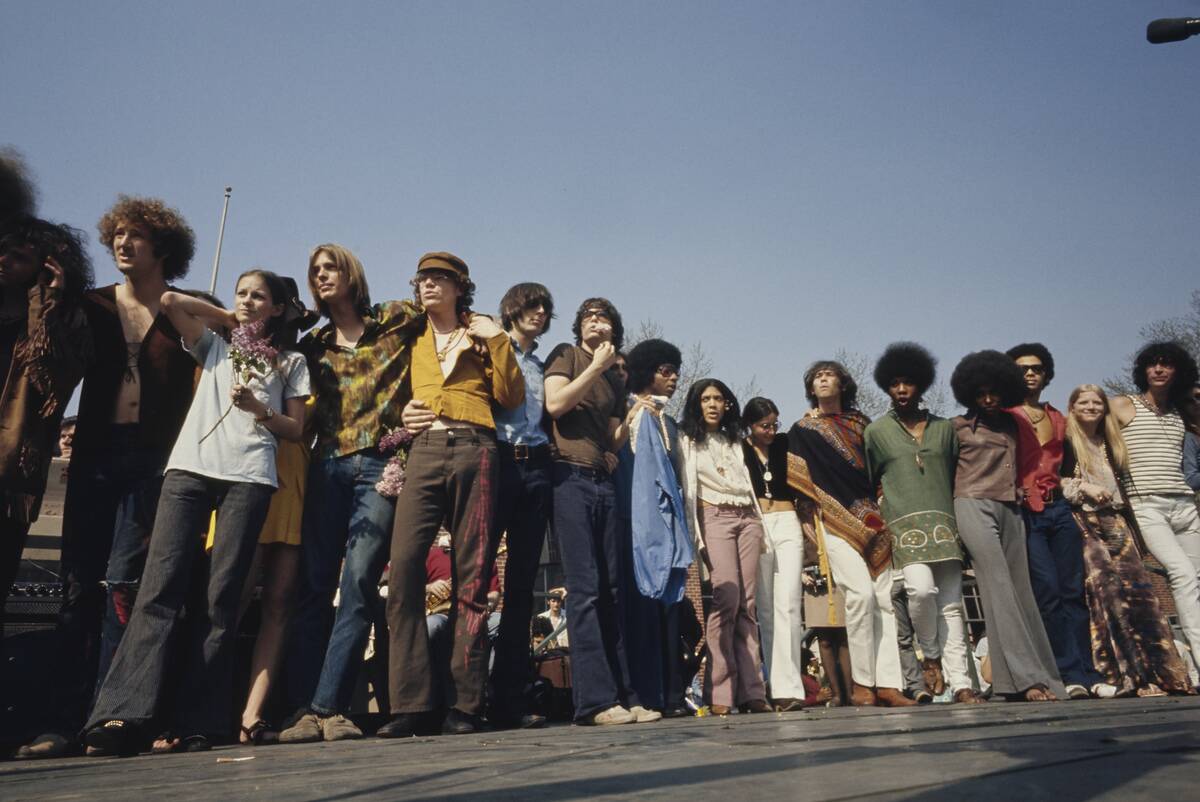
The ’70s fashion scene was a vibrant mix of styles that reflected the era’s eclectic spirit. Bell-bottoms were a wardrobe staple, paired with everything from peasant blouses to halter tops.
Tie-dye patterns brought a psychedelic flair to everyday wear, symbolizing the era’s embrace of color and creativity. Accessories like wide belts, chunky jewelry, and oversized sunglasses completed the look. This decade was all about making bold statements and celebrating individuality through fashion.



